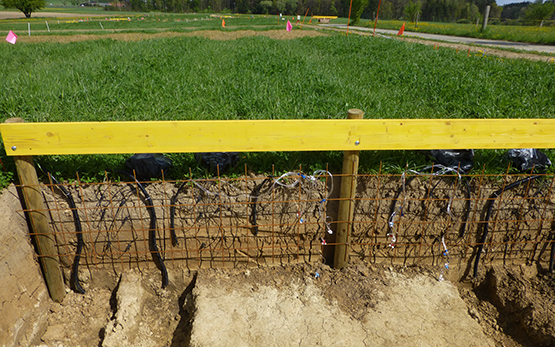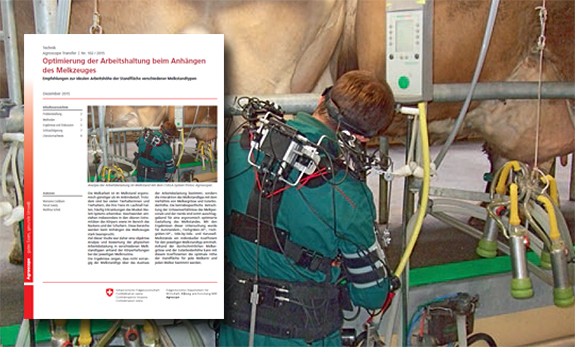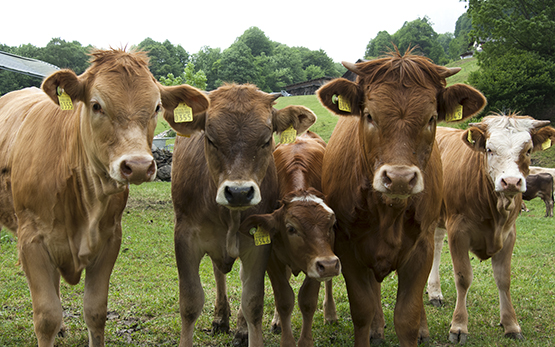Ghaye J., Kamat M.A., Corbino-Giunta L., Silacci P., Vergères G., De Micheli G., Carrara S.
Image thresholding techniques for localization of sub-resolution fluorescent biomarkers.
Cytometry Part A, 83, (11), 2013, 1001-1016.
Mann S., Ferjani A., Reissig L.
"What matters to consumers of organic wine?".
British Food Journal, 144, (2), 2012, 272-284.
Mann S., Reissig L., Ferjani A., Ayala, T.
Worauf kommt es Schweizer Konsumenten von Biowein an? .
Schriften der Gesellschaft für Wirtschafts- und Sozialwissenschaften des Landbaues e.V., 46, 2011, 61-70.
Mann S., Reissig L.
Co-financing and principal–agent relationships in a Swiss agri-environmental programme.
Regional and Federal Studies, 21, (1), 2011, 23-34.
Ferjani A., Reissig L., Mann S.
Agriculture biologique en Suisse: abandons et conversions.
Recherche Agronomique Suisse, 1, (4), 2010, 142-147.
autres langues: allemand | italien | anglais
Ferjani A., Zimmermann A., Reissig L.
L'agriculture biologique, mal acceptée en grandes cultures.
Recherche Agronomique Suisse, 1, (6), 2010, 238-243.
autres langues: allemand | italien | anglais
Ferjani A., Mann S., Reissig L., Ayala, T.
Préférences des consommateurs de vin en Suisse.
Revue suisse de viticulture arboriculture horticulture, 42, (5), 2010, 278-284.
Ferjani A., Reissig L., Mann S.
Ein- und Ausstieg im Biolandbau.
ART-Schriftenreihe, 13, 2010, 1-52.
Flury C., Ferjani A., Reissig L.
Entwicklung der Biobetriebe im Berggebiet.
Dans: 2010, 1-1.
Ferjani A., Reissig L., Flury C.
Warum steigen Bergbetriebe aus dem biologischen Landbau aus?
Dans: 2010, 1-1.
Mann S., Reissig L., Ferjani A.
Schüler sehen wenig Perspektive im Ökolandbau: Befragung.
Ökologie & Landbau, 155, (3), 2010, 52-53.
Linda Reissig, Ali Ferjani, Albert Zimmermann
Ausstieg aus dem Biolandbau - steigende Tendenz in der Schweiz.
Agrarforschung, 16, (4), 2009, 124-129.








